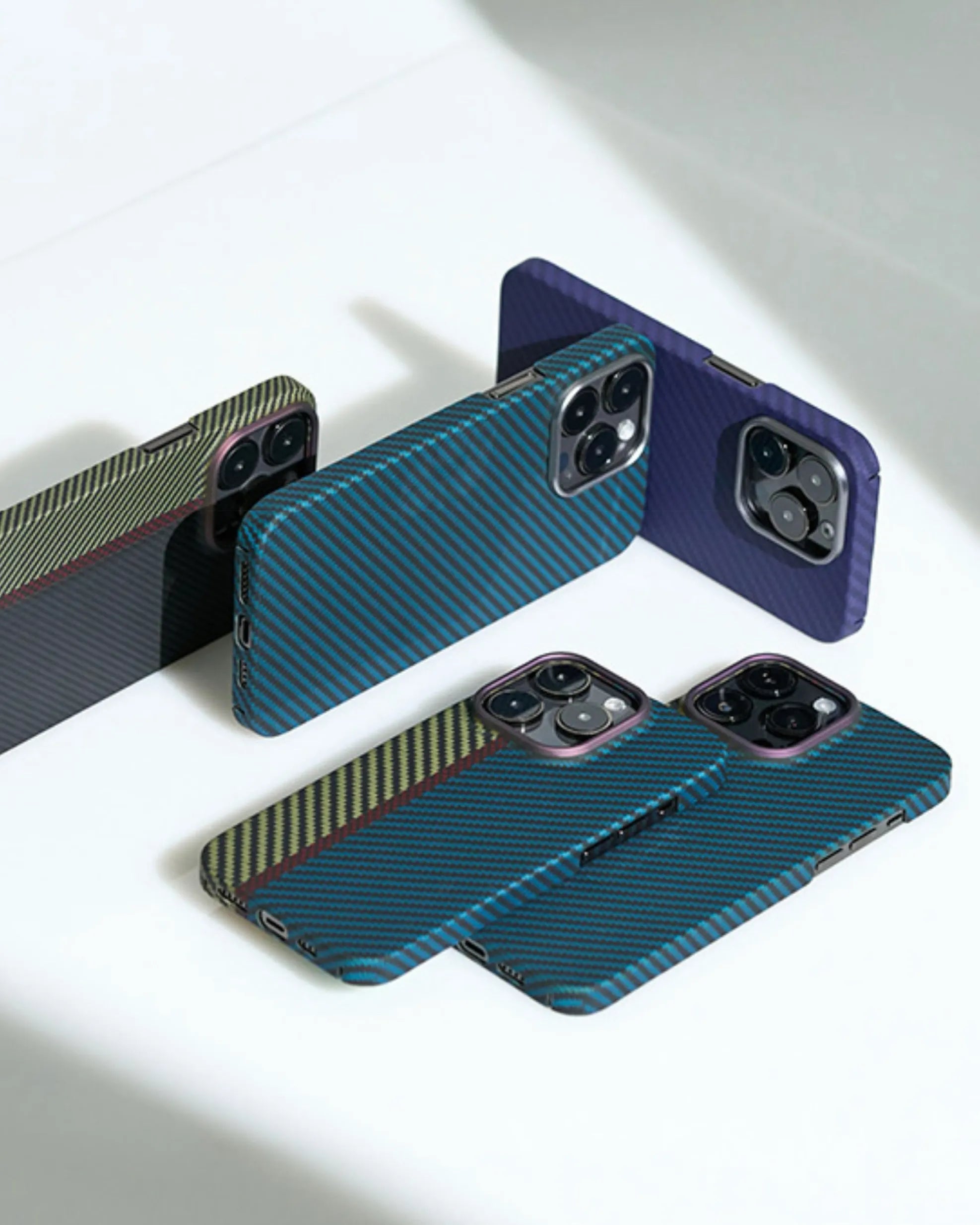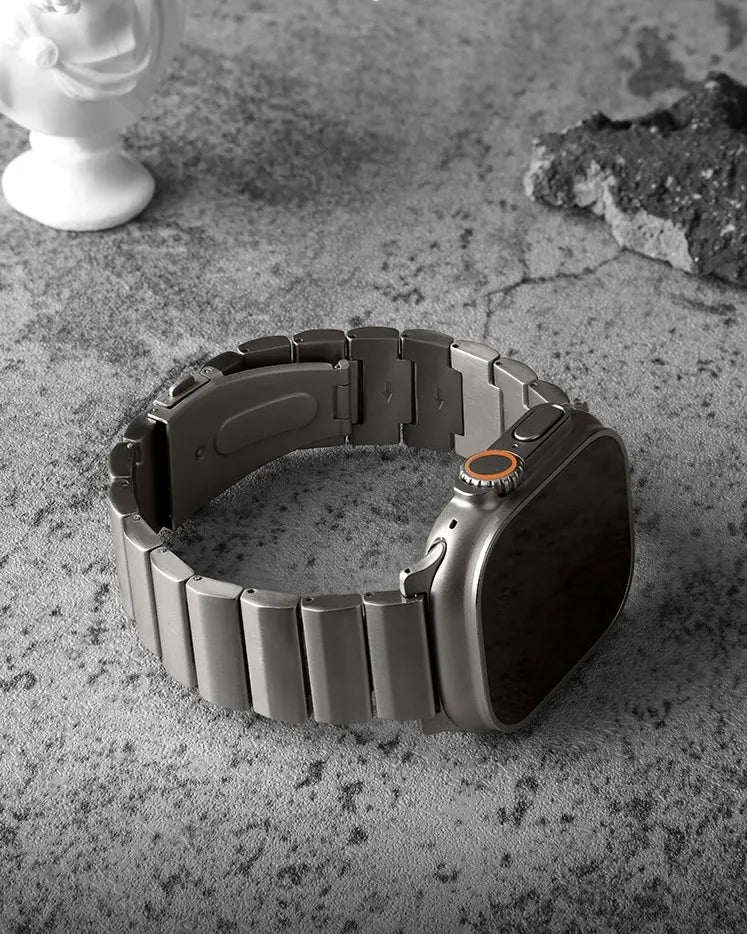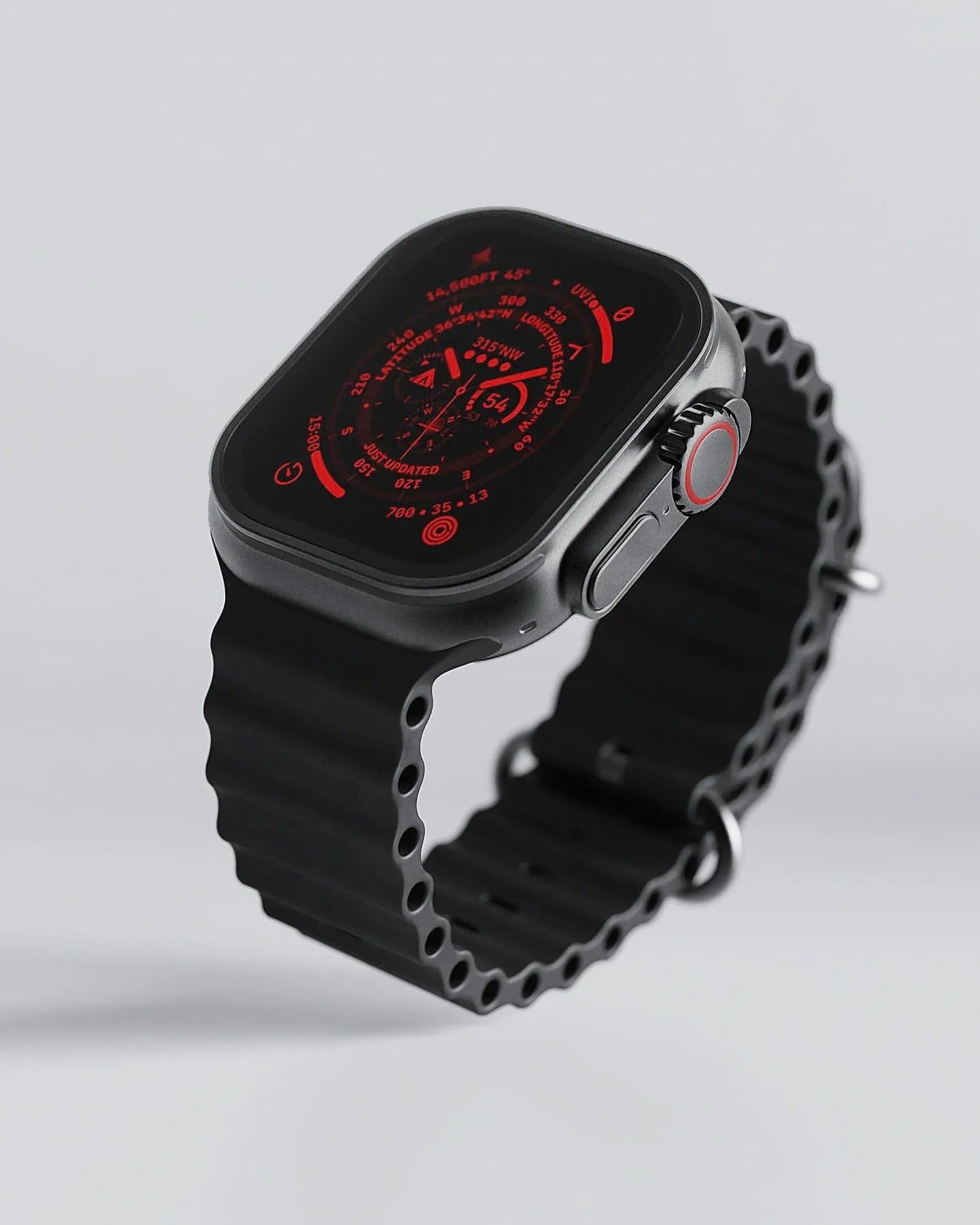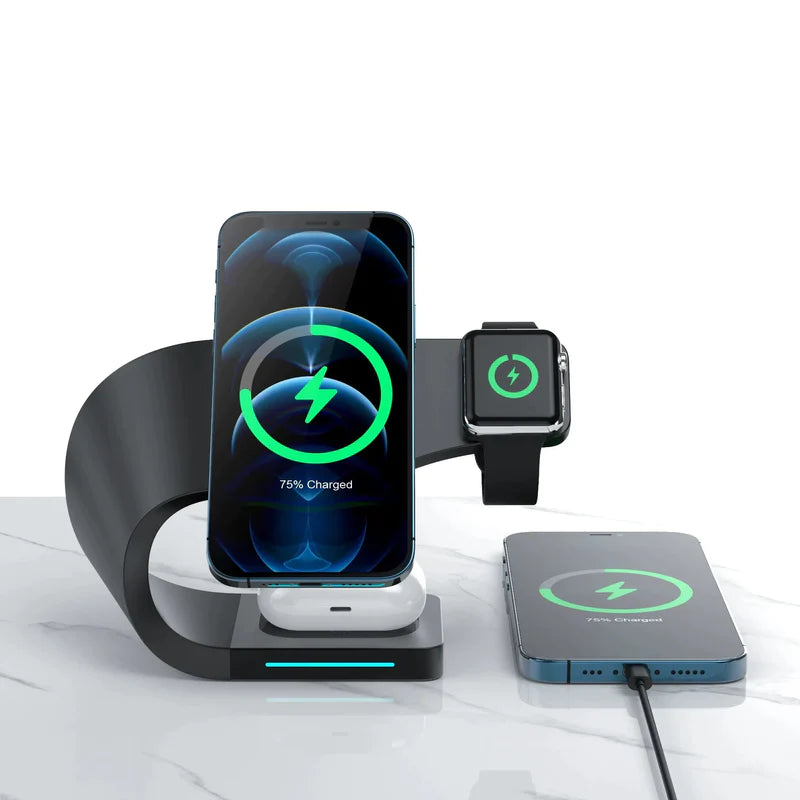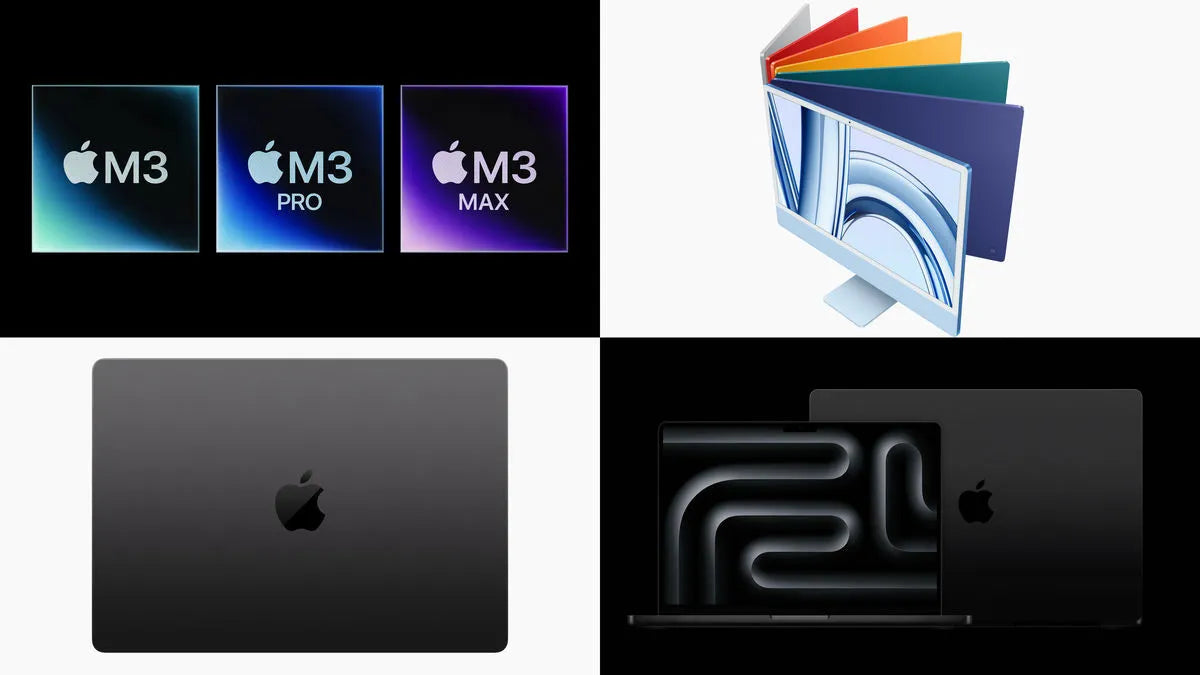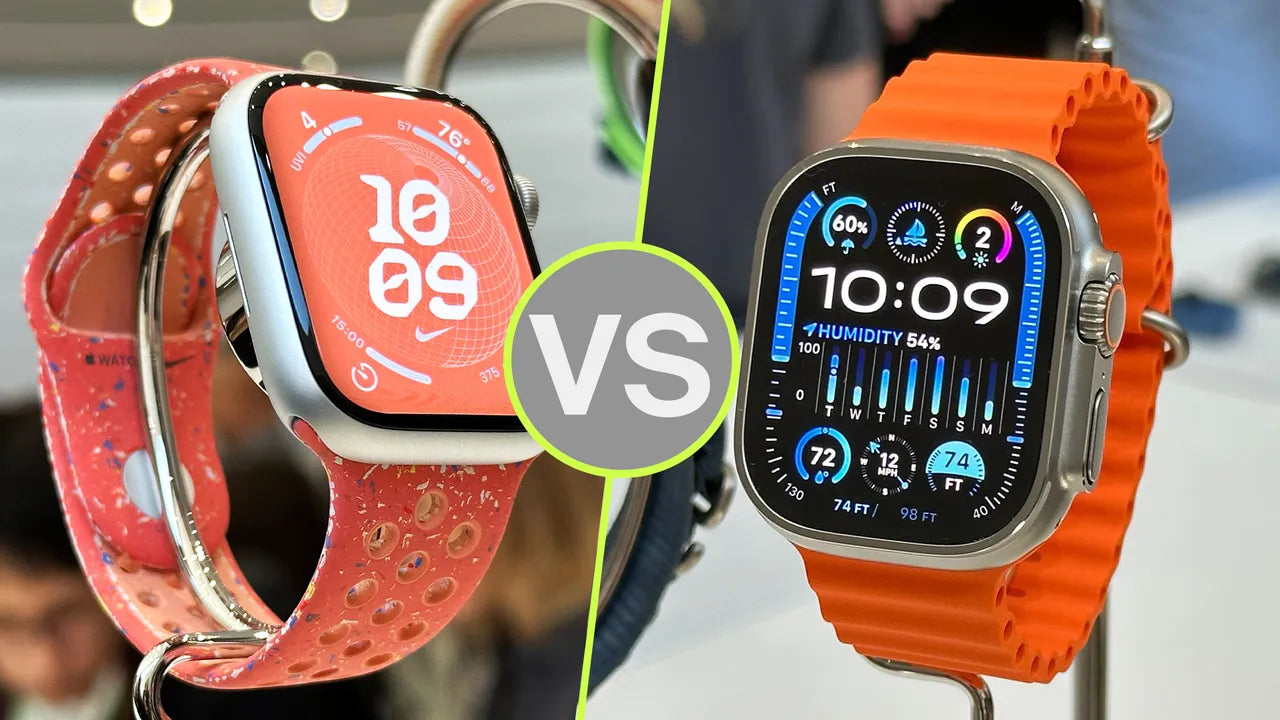1. M3 chip: What’s New?
Longer Battery Life
Apple's M-series chips are constantly updated and developed, and now they are transitioning from the M2 family to the new M3 family. Different from the small upgrades of the M1 to M2 series chips, the M3 series uses the most advanced 3-nanometer process technology, with faster performance and lower power consumption. The efficiency of the M3, M3 Pro and M3 Max helps the MacBook Pro and iMac meet Apple's energy efficiency standards, enabling the MacBook Pro to achieve the longest Mac battery life ever, up to 22 hours.

Dynamic Caching
The next-generation of graphics processing units (GPU) in the M3 family of chips has achieved the largest forward in graphics architecture in the history of Apple chips. Unlike traditional GPU, it features dynamic caching, a technology that allocates local memory in real time, using just the precise amount of memory required for each task. This improves GPU utilization and enhances the performance of demanding professional applications and games, transparent to developers.

Ray Tracing
Moreover, the M3 chips introduce hardware-accelerated ray tracing to Mac for the first time, enabling apps to create realistic and physically accurate images by modeling the behavior of light in scenes, which can significantly improve graphics rendering and pave the way for more AAA games to come to the Mac. Pro apps are believed to achieve up to 2.5 times the speed of the previous M1 family of chips, and game developers can utilize ray tracing for more precise shadows and reflections, creating immersive environments.

Mesh Shading
Furthermore, the new GPU includes hardware-accelerated mesh shading, offering greater efficiency in geometry processing for visually complex scenes in games and graphics-heavy applications. These advancements maintain Apple's power efficiency, with the M3 GPU delivering the same performance as the M1 while using nearly half the power and up to 65 percent better performance. Previously, Apple executives made it clear in an interview that they would make Mac games and rely on powerful hardware and development platforms to attract developers. Now with the support of M3 chips, it is believe that in the future, Mac, which has been ignored by most people in the past, will be able to design more AAA title game.

Faster CPU
The next-gen CPU in the M3 series introduces architectural enhancements to both performance and efficiency cores. Compared to the M1 series, the performance cores are now up to 30 percent faster, indicates Apple, and the improvement in the efficiency core is even more amazing, up to 50 percent faster for many common tasks. While improving architecture and performance, Apple also maintains an impressive performance-to-power ratio. This architecture achieves the same multi-threaded CPU performance as the M1 with half the power consumption. In terms of performance power consumption, it is a huge improvement that the GPU consumes almost half the power while providing the same performance as the M1. Apple suggests that the efficiency cores see a boost of up to 50 percent in speed compared to the M1, making everyday tasks notably swifter while also optimizing battery life.
Custom Engines for AI and Video
According to Apple, the Neural Engine for the M3 chips is also faster and more efficient, delivering up to 60 percent faster AI/ML performance compared to the M1 family, which not only makes AI calculations faster, but also keeps data on the device to protect privacy. Additionally, all three chips offer advanced media engine support for popular video codecs and introduce AV1 decoding for power-efficient streaming playback such as YouTube, Netflix, and more to extend battery life.

Unified Memory Architecture
The M3 family incorporates a unified memory architecture, a characteristic of Apple silicon. With a single shared memory pool in a custom package, all components within the chip can access data, which enhances performance and efficiency while reducing the system's memory needs for most tasks. Moreover, it supports up to 128GB of memory. In short, the advancements in the M3 series makes a big leap forward for the Mac's Apple chip, which emerged to maintain Apple's dominance in computing field.
2. M3 MacBook Pro: What’s New?
Chip Upgrade and New Space Black Debut
As the first product equipped with M3 series chips, the new 14-inch and 16-inch MacBook Pro do not have any new design changes in appearance, and also still have the familiar notch screen, and the rumored Dynamic Island has not arrived. However, the new colour of space black of MacBook Pro should still catch the attention of many people. Not only does the Space Black MacBook Pro have a black aluminum enclosure, but the case also features a more advanced chemical process that reduces fingerprints.It should be noted that the space black version of MacBook Pro is only available in models equipped with M3 Pro and M3 Max. If you buy a model with an M3 chip, you can still only choose the space gray and silver.

The chip option is also a change in the new MacBook Pro lineup. In previous versions, the MacBook Pro could only be equipped with the Pro version of the M-series chip, but with the new M3-series chips, the most basic M3 chip option is also open to the 14-inch MacBook Pro model. It is this change that also brings the starting price of this model to $1,599.
As for other configurations, the SDR brightness of the new MacBook Pro series screens has been slightly improved, now up to 600 nits from 500 nits in previous models. The battery capacity of the 14-inch model has also been slightly increased, from 70 watt hours to 72.4 watt hours. Judging from the parameters on the official website, whether it is a 14-inch or 16-inch model, the battery life of the new MacBook Pro series has not changed compared to the previous model. In addition, in the new MacBook Pro lineup, the configuration option of 8TB storage capacity is now only available for models with M3 Max chip, and other chip models can only be configured up to 4TB size version. It is worth noting that memory capacity is generally an exponential capacity of 2, but the M3 Pro Macbook Pro has raised the memory to 18GB for the first time, which is also a new change.

3.iMac 2023: What’s New?
Same Design and Updated Features
After two and a half years, the 24-inch iMac has been upgraded by the latest M3 chip from the M1, which doubles the computing performance of the previous iMac M1 and has up to 24 GB of optional unified memory. In other respects, there are no significant changes to the new 2023 iMac. It is still a 4.5K wide color gamut (11.5 mm) retina screen with a brightness of 500 nits. Equipped with a 1080p FaceTime HD camera, studio-grade microphone and six-speaker system, the iMac guarantees a great experience for video conferencing and audio-visual.
You'll find a couple of smaller new features despite the familiar frame, chiefly under the hood in the form of Wi-Fi 6E for faster internet speeds, and Bluetooth 5.3. Also included are up to four USB Type-C ports (two with Thunderbolt 4 support). As with the previous iMac, the base model has just two Thunderbolt 4 ports, while the more expensive configuration has two additional USB3 (Type-C) connections. The latest macOS software, Sonoma, is naturally another upgrade over the launch OS, Big Sur, of the previous iMac. The new iMac has been designed to reduce environmental impact. The stand is built using 100% recycled aluminum, other recycled metals on the interior, and fully recycled gold plating on the circuit board.

Keep the Color
The four-port version of the 2023 iMac is still available in blue, green, pink, silver, yellow, orange, and purple, while the two-port version is only available in blue, green, pink, and silver. Pricing starts at $1,299 for the two-port version of the iMac and $1,499 for the four-port version. 2023 iMac will be available for order on November 1 at 9 a.m. and will be available for purchase on November 7. What are your thoughts on the new devices introduced at the launch event, and which one are you going to get this year? Welcome to join the "scary fast" launch party discussion.


